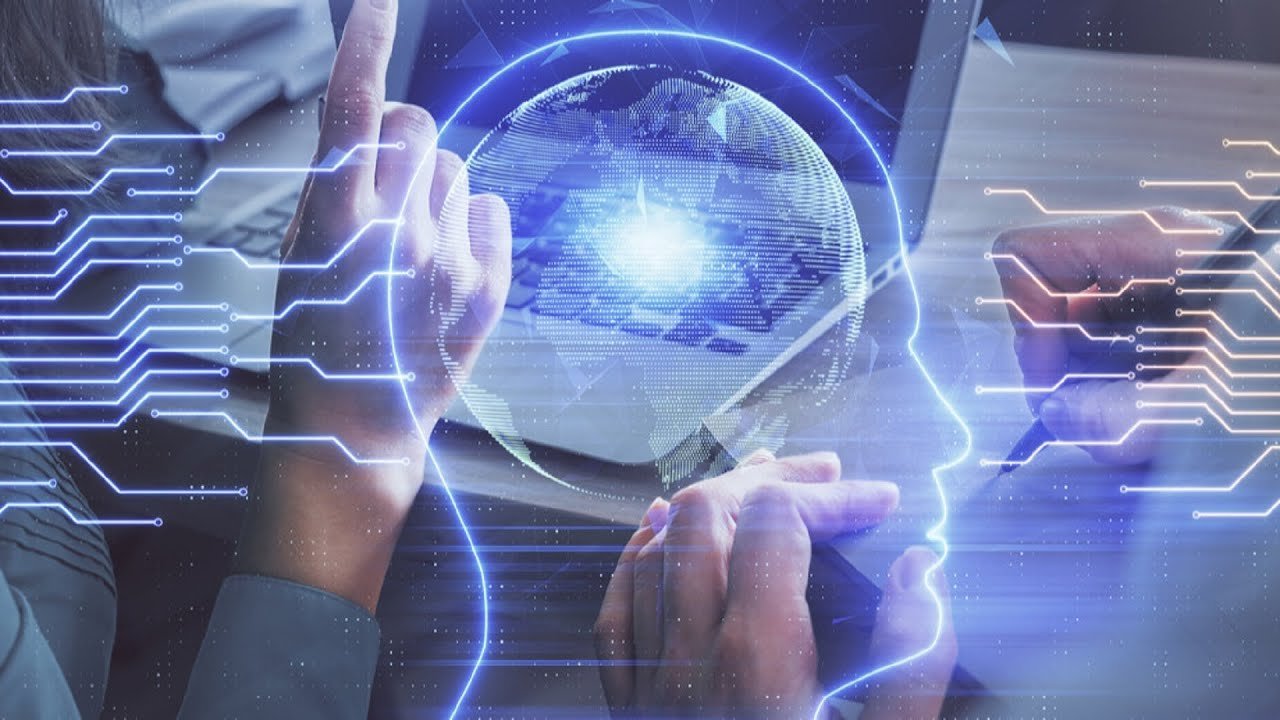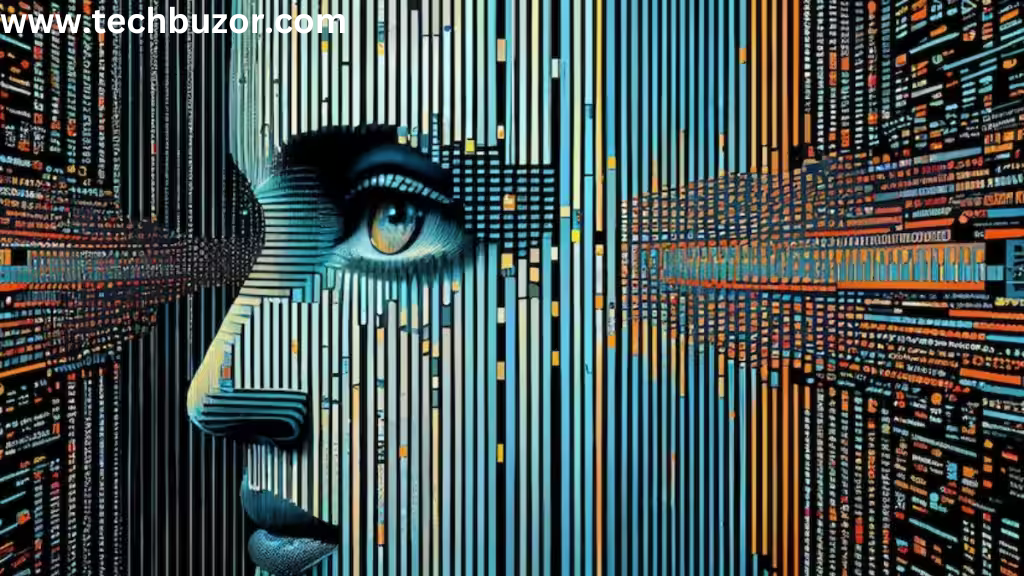Artificial intelligence has taken the world by storm, and it's not just a buzzword anymore. If you've been keeping up with tech trends, you've probably noticed that AI is everywhere—from your smartphone apps to your favorite streaming platforms. But what exactly is artificial intelligence? And why does everyone seem obsessed with it? Let's dive into the nitty-gritty and undress this tech phenomenon to see what makes it tick.
Think about it—AI isn't just some futuristic concept from sci-fi movies anymore. It's real, it's here, and it's changing the way we live, work, and play. From self-driving cars to virtual assistants like Alexa and Siri, AI is already a part of our daily lives. But do we really understand what's going on behind the scenes? That's where this article comes in—to break it down for you in simple terms.
Now, don't get me wrong. I'm not here to scare you with robots taking over the world or anything like that. What I want to do is give you a clear, no-nonsense look at artificial intelligence. We'll explore what it is, how it works, and why it matters. So, buckle up, because we're about to undress artificial intelligence and reveal its secrets.
Read also:Livvy Dunne Leaked Onlyfans The Untold Story Behind The Headlines
What Exactly Is Artificial Intelligence?
Let's start with the basics. Artificial intelligence, or AI as it's commonly called, is essentially the simulation of human intelligence by machines. Yeah, I know, that sounds pretty heavy, but stick with me here. Imagine teaching a computer to think and act like a human. That's the essence of AI. But how does it work?
AI uses algorithms and large datasets to learn and make decisions. It's like giving a computer a brain that can process information, recognize patterns, and even predict outcomes. This is why AI is so powerful—it can analyze massive amounts of data in seconds, something that would take humans years to do.
Now, here's the kicker: AI isn't just one thing. It comes in different flavors. There's narrow AI, which is designed to perform specific tasks, like recognizing faces in photos or recommending movies. Then there's general AI, which is more like a human brain and can handle a wide range of tasks. General AI is still largely theoretical, but narrow AI is already transforming industries.
Breaking Down the Types of AI
- Narrow AI: Specialized for specific tasks. Think of it as a one-trick pony that does one thing really well.
- General AI: Theoretical AI that can perform any intellectual task a human can do.
- Super AI: Hypothetical AI that surpasses human intelligence in all aspects. We're not there yet, but it's a topic of much debate.
Each type of AI has its own strengths and limitations, and understanding these differences is key to grasping the full scope of artificial intelligence.
Why Should You Care About Undressing Artificial Intelligence?
Okay, so you might be thinking, "Why should I care about AI? I'm just trying to get through the day." Well, here's the thing: AI is already affecting your life in ways you might not even realize. Ever wondered how Netflix knows exactly what show you'll binge-watch next? Or how Google Maps predicts traffic before you even leave the house? That's AI at work.
But it's not just about convenience. AI is revolutionizing industries like healthcare, finance, and education. It's helping doctors diagnose diseases earlier, making financial transactions more secure, and personalizing learning experiences for students. In short, AI has the potential to make our lives better, easier, and more efficient.
Read also:Bert Kreischers Daughter Arrested The Untold Story You Need To Know
Of course, there are also concerns about AI, like job displacement and privacy issues. That's why it's important to understand what AI is and how it works. By undressing artificial intelligence, we can make informed decisions about how we want to use this powerful technology.
The History of Artificial Intelligence: A Quick Recap
AI hasn't always been the tech superstar it is today. The concept of artificial intelligence dates back to the 1950s when computer scientists first started exploring the idea of creating machines that could think like humans. Fast forward to today, and AI has come a long way.
Here are some key milestones in the history of AI:
- 1956: The term "artificial intelligence" is coined at the Dartmouth Conference.
- 1960s-70s: Early AI programs focus on problem-solving and symbolic reasoning.
- 1980s: The rise of expert systems and the first wave of AI hype.
- 2010s: Deep learning and neural networks bring AI to new heights.
Each of these milestones has contributed to the development of AI as we know it today. By understanding the history of AI, we can appreciate how far it's come and where it might be headed in the future.
How Does Artificial Intelligence Work?
Alright, let's get into the nitty-gritty of how AI actually works. At its core, AI relies on algorithms—step-by-step instructions that tell a computer what to do. These algorithms process data, recognize patterns, and make decisions based on what they learn.
There are a few key components that make AI work:
Machine Learning
Machine learning is a subset of AI that allows computers to learn from data without being explicitly programmed. It's like teaching a computer to recognize patterns by showing it lots of examples. For instance, if you want a computer to recognize cats, you'd show it thousands of pictures of cats until it can identify them on its own.
Neural Networks
Neural networks are a type of machine learning model inspired by the human brain. They consist of layers of interconnected nodes that process information in a way that mimics how neurons in the brain work. Neural networks are particularly good at tasks like image recognition and natural language processing.
Deep Learning
Deep learning is a more advanced form of machine learning that uses neural networks with many layers. It's what powers some of the most impressive AI applications, like self-driving cars and speech recognition systems.
By combining these components, AI can perform tasks that were once thought to be impossible for machines. And as technology continues to evolve, AI will only become more powerful and capable.
The Impact of Artificial Intelligence on Society
Now that we've covered the basics, let's talk about the impact of AI on society. Love it or hate it, AI is here to stay, and it's already having a profound effect on our world. Here are a few ways AI is changing the game:
Positive Impacts
- Healthcare: AI is helping doctors diagnose diseases earlier and more accurately.
- Education: AI-powered tools are making personalized learning a reality for students.
- Business: Companies are using AI to streamline operations and improve customer experiences.
Challenges and Concerns
- Job Displacement: As AI automates more tasks, some jobs may become obsolete.
- Privacy: AI systems often require large amounts of personal data, raising concerns about privacy and security.
- Ethics: Questions about bias, fairness, and accountability in AI decision-making are still being debated.
While AI has the potential to bring about positive change, it's important to address these challenges head-on. By undressing artificial intelligence, we can work toward a future where AI benefits everyone.
Applications of Artificial Intelligence in Everyday Life
AI isn't just for tech geeks and scientists. It's already being used in everyday life in ways that might surprise you. Here are a few examples:
- Virtual Assistants: Alexa, Siri, and Google Assistant are all powered by AI, helping you with everything from setting reminders to playing music.
- Recommendation Engines: Netflix, Amazon, and Spotify use AI to recommend movies, products, and music based on your preferences.
- Self-Driving Cars: Companies like Tesla and Waymo are using AI to develop autonomous vehicles that could revolutionize transportation.
These applications are just the tip of the iceberg. As AI continues to evolve, we can expect to see even more innovative uses in the years to come.
Undressing Artificial Intelligence: The Future of AI
So, where is AI headed in the future? While no one has a crystal ball, there are a few trends that suggest what's coming next:
- Increased Automation: More industries will adopt AI to automate repetitive tasks, freeing up humans to focus on more creative and strategic work.
- Improved Personalization: AI will continue to get better at understanding individual preferences, leading to more personalized experiences in everything from shopping to entertainment.
- Advancements in General AI: Researchers are working on developing AI systems that can perform a wide range of tasks, bringing us closer to the dream of general AI.
Of course, there are also challenges to overcome, like ensuring AI is ethical, transparent, and inclusive. By undressing artificial intelligence, we can pave the way for a future where AI works for everyone.
How to Get Started with Artificial Intelligence
Are you ready to dive deeper into the world of AI? Here are a few tips to get you started:
Learn the Basics
Start by familiarizing yourself with the fundamentals of AI, machine learning, and neural networks. There are tons of online resources, tutorials, and courses available to help you get up to speed.
Experiment with AI Tools
There are plenty of AI tools and platforms out there that let you experiment with AI without needing a PhD in computer science. Try your hand at building a simple AI model or playing around with pre-built AI applications.
Stay Informed
AI is a rapidly evolving field, so it's important to stay up-to-date with the latest developments. Follow AI researchers, read tech blogs, and attend conferences or webinars to keep your knowledge fresh.
By taking these steps, you'll be well on your way to becoming an AI expert in no time.
Conclusion: Undressing Artificial Intelligence
So, there you have it—a no-frills look at artificial intelligence. We've explored what AI is, how it works, and why it matters. We've also touched on its impact on society, its applications in everyday life, and what the future might hold. By undressing artificial intelligence, we've peeled back the layers to reveal a powerful technology that has the potential to change the world.
But remember, with great power comes great responsibility. As AI continues to evolve, it's up to us to ensure it's used ethically and responsibly. So, what do you think? Are you ready to embrace the AI revolution, or are you still on the fence? Let me know in the comments below, and don't forget to share this article with your friends and family.
And hey, if you want to learn more about AI, be sure to check out some of my other articles on the topic. There's always more to discover when it comes to undressing artificial intelligence!
Table of Contents
- What Exactly Is Artificial Intelligence?
- Why Should You Care About Undressing Artificial Intelligence?
- The History of Artificial Intelligence: A Quick Recap
- How Does Artificial Intelligence Work?
- The Impact of Artificial Intelligence on Society
- Applications of Artificial Intelligence in Everyday Life
- Undressing Artificial Intelligence: The Future of AI
- How to Get Started with Artificial Intelligence
- Conclusion: Undressing Artificial Intelligence


